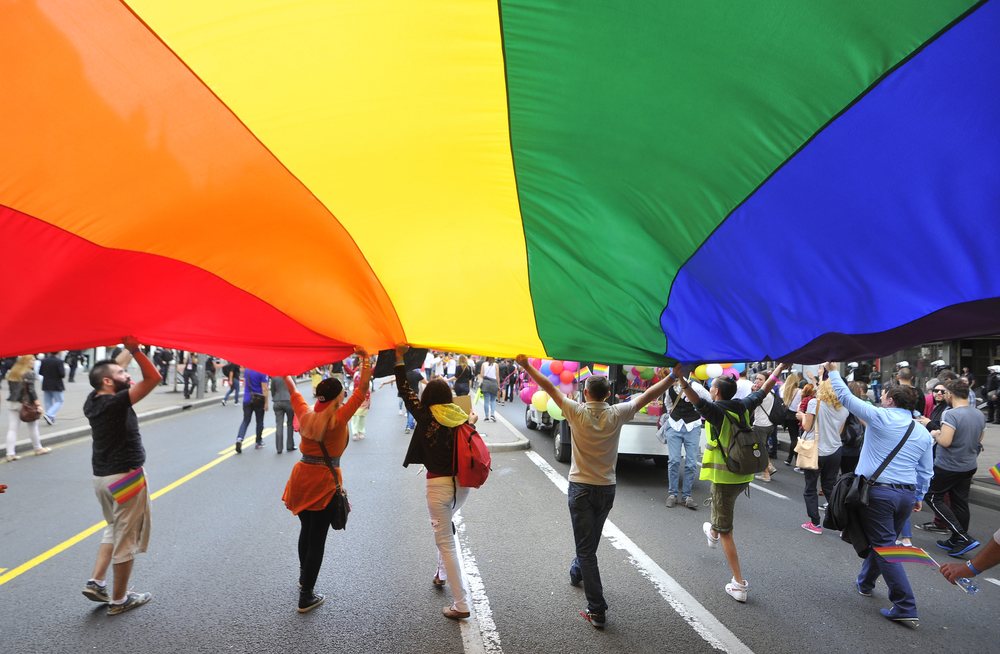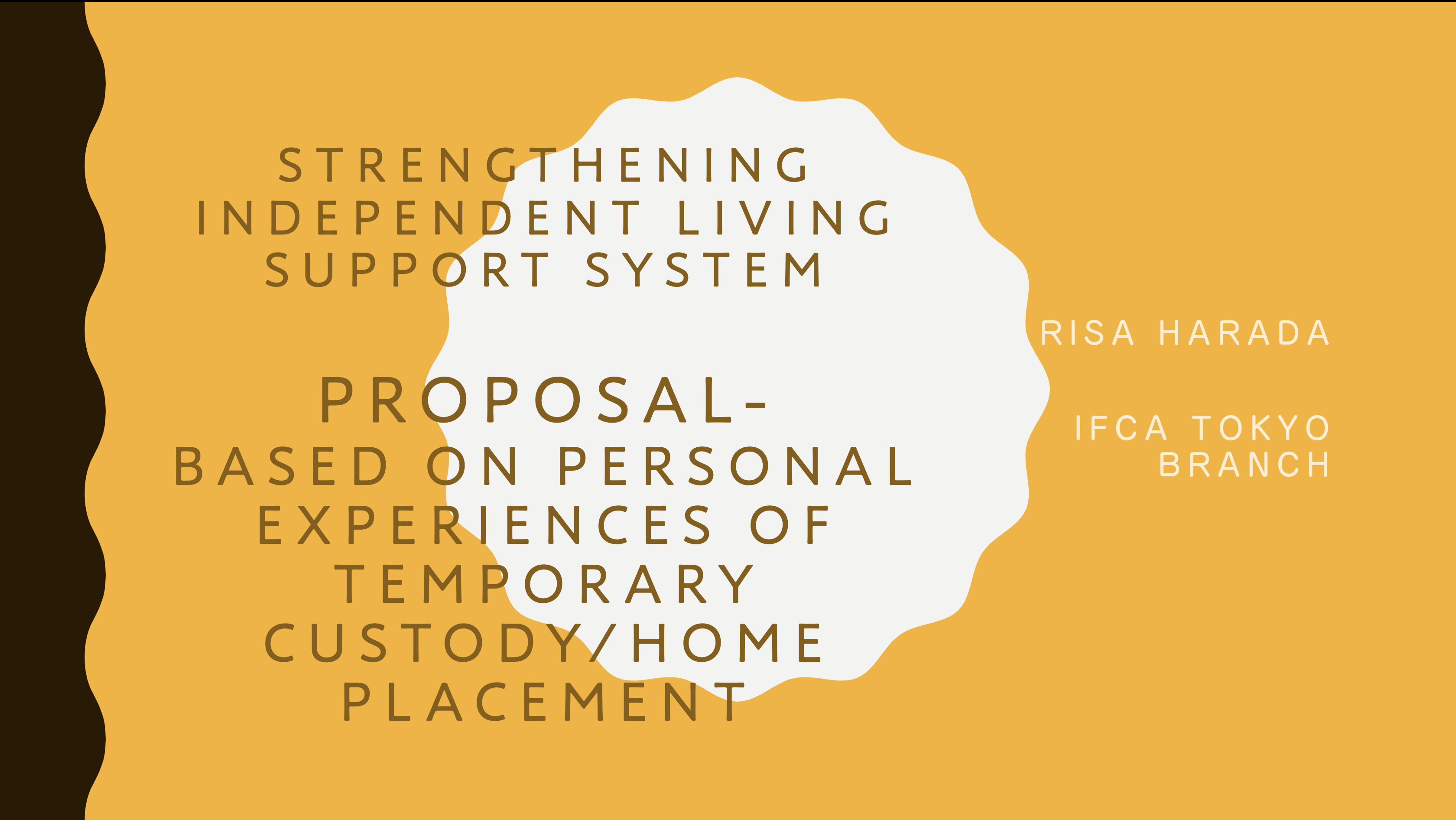Alissa Neuman
LGBTQ youth face a unique challenge in the foster care system. According to its most recent report, the Human Rights Campaign has found that LGBTQ youth are “over-represented” in foster care. That is to say, the percentage of youth in foster care who identify as LGBTQ is larger than the percentage of LGBTQ youth in the general population. Research has found that there are 13.6% of LGBTQ identified youth in foster care compared to 7.2% in the general population, and 5.6% transgender youth in foster care compared to 2.25% in the general youth population. The HRC posits that one of the major reasons behind this is that many LGBTQ youth go into the foster care system after being rejected by their families due to their gender identity, gender expression or sexual orientation. As a result, LGBTQ youth have the added layer of trauma that can come with being rejected or mistreated.
The experiences of LGBTQ youth in foster care can differ greatly from their cis and straight counterparts. A 2002 study of 45 LGBTQ foster youth found that the average number of placements for those youth is 6.35, which is over twice the current average for a youth in care, which is 3. A major cause of this problem is an institutional prevalence of bias and discrimination that occurs with interactions with social workers, group home staff, and foster homes. A survey of LGBTQ youth in out-of-home care in New York City found that:
• 78 percent of LGBTQ youth were removed or ran away from their foster placements as a result of hostility towards their sexual orientation or gender identity
• 100 percent of LGBTQ youth in group homes reported verbal harassment
• 70 percent of LGBTQ youth reported physical violence in group homes.
As a result, many LGBTQ youth attempt to run away from their foster homes, which can often lead to involvement with the juvenile justice system. These experiences directly counteract the mission of the US Department of Health and Human Services Administration on Children, Youth, and Families which stresses “every child and youth who is unable to live with his or her parents is entitled to a safe, loving and affirming foster care placement, irrespective of the young person’s sexual orientation, gender identity or gender expression.”
One major cause of this disparity is that LGBTQ youth throughout the country lack specific protection from discrimination based on sexual orientation and gender identity. Only 13 states and the District of Columbia have explicit laws to protect foster youth from discrimination, while seven additional states protect youth from discrimination on the basis of sexual orientation but not gender identity.
Another major problem arises from a lack of available foster home placements. Many states struggle to find qualified foster parents that are able to welcome LGBTQ youth into their homes. This problem is caused in part by states’ reluctance to accept LGBTQ foster parents. Only 14 states plus the District of Columbia provide non-discrimination protections for LGBTQ adults who are willing to provide foster care homes. Moreover, many foster families do not want to accept LGBTQ youth into their homes for a multitude of personal reasons.
It is imperative for foster youth across the United States to raise awareness of their stories and unique experiences in order to prompt the changes necessary to develop an inclusive, accepting foster care system for all youth.
Reference: The Human Rights Campaign http://www.hrc.org








Leave a Reply